The impact of the Bethway Kennels’ move to Santa Fe from Connecticut in 1973 was considerable. For more than twenty years, Barbara Fournier had dedicated her efforts to breeding and exhibiting drop ear Norwich while managing boarding facilities for horses, dogs and cats in Bethany, Conn. Many owners of Bethway stock missed Bobby’s coffee klatches, hospitality, and help almost as soon as the dog-laden motor home crossed the Hudson.
For ten years had Barbara voiced her conviction that breed separation would benefit both prick and drop ear Norwich. Her YES votes for separation in sweepstakes classes and at club specialties were building blocks toward Norfolk recognition.
However, it was Jane and Everett Anderson who cultivated the seeds of separation when, in 1975 , they hosted a spring drop-ear Norwich match in Mystic, Connecticut. The record breaking turn out for Judge Anne Winston emphatically supported the need for breed recognition.
During the next three years there was little positive action generated by the parent Norwich Terrier Club. On the negative side, the board withdrew a financial commitment toward an educational pedigree publication featuring dogs with both ear carriages.
In the spring of 1978 at a meeting of Norfolk owners in Connecticut the initiation of a separate breed club was discussed.
Exploring the possibilities of a new breed club, Jane Anderson and Joan Read found AKC President Stifel and Secretary Moody cautiously encouraging. As a first requirement toward Norfolk recognition, fifty names of drop ear supporters were needed.
Before the list was submitted, an odd coincidence occurred. Pressure from a Canadian breeder galvanized the existing Norwich Terrier Club to action. The cause: an “illegitimate” (mixed breed) litter sired by an American Norwich Terrier D.E. x a Canadian Norfolk Terrier dam. The solution was the recognition of drop ear Norwich Terriers as Norfolk Terriers by NTC board members, a move that gained AKC approval as of January, 1979.
This landmark decision by the AKC set a precedent by allowing two breeds in one club. This decision also stymied ANTA’s chances of Norfolk Terrier parenthood; i.e., acting as the club which protects the standard and provides the AKC Gazette column.
Undaunted, Barbara’s “Connecticut Connection” held a well attended spring event in Hamden, Connecticut, which included a drag hunt after road kill. A subsequent fall teach-in with Nanfan’s Joy Taylor in Oyster Bay, NY, attracted AKC judges, professional handlers, and a full complement of Norfolk owners.
In a final try as a Norwich and Norfolk Terrier Club member, Barbara Fournier succeeded in correcting the glaring errors in the proposed breed standards and then headed the club’s separation poll. Though the membership found in favor of separation, the board would not accept a simple majority vote. Realizing it might take years for Norfolk owners to receive the guidance, education and communication they deserved, she agreed to activate ANTA and assumed its presidency.
ANTA’s first efforts were to publish a quarterly information circular, called ANTIC, and put on its first event in October, 1981, in Bedford Village, NY. Since then, ANTIC has continued to educate and inform and flourished with subscribers worldwide.
Each year ANTA now holds several events, which include conformation and sporting activities along with instructional clinics. Early on the Club produced a comprehensive brochure and distributed a video on all facets of the breed. In 1989, founding ANTA Board member Joan R. Read authored of The Norfolk Terrier, the first American book devoted to this breed. A revised Second Edition came out in 1994 and is available from ANTA. Additional accomplishments have been 1990 and 1995 editions of the Norfolk Terrier Pedigree Book, the 1981-1993 Yearbook, and this web site.
In 1995 ANTA began an annual educational seminar to honor the memory of the late Joan Read. Subjects have ranged from “Form and Function in Short-Legged Terriers” in 1995 with noted terrier judge Mrs. Lydia C. Hutchinson to “The Terrier In Sporting Art” presented in 1997 by noted canine art historian Mr. William Secord.
Adapted and Updated from ANTA Yearbook 1981 – 1993
Two Breeds
For those whose enthusiasm for Norfolks is of fairly recent origin, the importance of breed separation may seem of little consequence. However, for those involved in establishing the Norfolk Terrier as a breed separate from its prick-eared cousin, the Norwich, the path was lengthy and often circuitous. There are many differences between the breeds, from conformation, to health issues, to temperament. The term ‘Nor’ does no service to either breed.
English Norfolk Terrier Club Founded
As with the breed, the origins of a club specific to Norfolks started in England. The Norfolk Terrier Club (England) 1986 yearbook contained a fascinating history, portions of which follow:
“An inaugural meeting of the `Caretaker Committee’ of the Norfolk Terrier Club was convened on 4th October 1964 at Tempsford, Sandy, Bedfordshire. This Committee had been set up at an Emergency Meeting of the Norwich Terrier Club and consisted of those members of the Norwich Terrier Club Committee who had stated their intention to also join the proposed Norfolk Terrier Club on its formation, the members being Mrs. M. Bunting, Miss M. S. S. Macfie, Mrs. S. Monckton, Mrs. E. O’Hanlon, Mrs. R. L. Richardson, Mrs. M. J. Taylor, Maj. N. Bradshaw and Mr. R. Finney. Mrs. O’Hanlon was elected chairman and Major Bradshaw Hon. Secretary with Mr. Finney as Asst. Secretary. The Norfolk Terrier Club was born.”
“Since the late fifties there had been considerable disagreement about the two types of Norwich, drop and prick-ears, and the Kennel Club had been asked officially to divide the breed into two varieties, each with its own register, but this request was refused. However, in 1964, when the request was made once again, the Kennel Club replied that the submitted Breed Standards for the two varieties of Norwich Terrier had been considered, but the request that the breed should be divided into two varieties was unacceptable. But, a suggestion was made that two entirely different breeds should be formed, and, if that was acceptable to the Norwich Club, names for the two breeds would have to be submitted.”
Norfolks Get A Name
“The Club was now faced with one of two courses. (a) to reject the offer outright, and continue to fight for simple division, or (b) to take up the Kennel Club suggestion. At the General Meeting of members of the Norwich Terrier Club on 4th July 1964 at Windsor, it was decided that the Kennel Club be asked to approve separation of the breed into two, with a further resolution that the new breed should be formed from the drop-ears and that their name should be Norfolk Terriers this being the most popular name suggested, others including Trumpington, Jones, Suffolk and Ballybrick Terriers. The official letter from the Kennel Club, dated 28th September, 1964, agreed to the creation of a new breed by deciding that the Norwich Terrier Prick-ear only should be known as the Norwich Terrier. The Drop-ear Norwich Terrier should be the Norfolk Terrier.”

